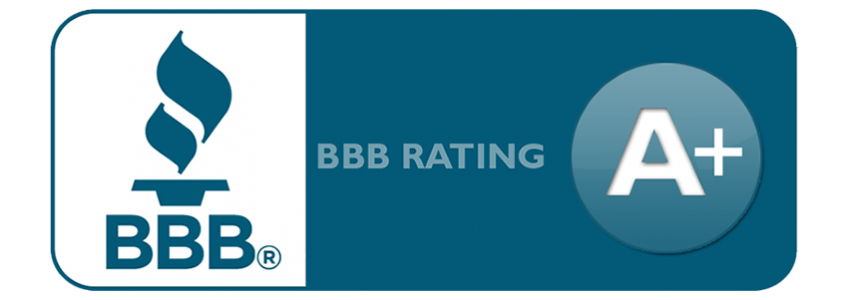Wool To Yarn
There are three fibers that are predominant in traditional rug production: wool, silk and cotton. Wool and silk are chiefly used for the knots that form the pile. Usually, cotton or wool is employed to create the important warp and weft threads. In today’s fine rugs, cotton is used almost exclusively for warp and weft threads, because cotton gives the rug more strength, and a more even–looking, flatter–lying rug.
Sheep’s wool is the most important material in Oriental rugs. The very texture of wool makes surface dirt less apparent, ensuring that the rug will stay “cleaner looking” much longer than a rug made from any other fiber. In addition, wool also has a strong attraction for dye, so colors will remain true and resistant to wear. Also, wool has a natural resilience that gives it superior ability to withstand matting and crushing. Finally and most importantly, wool has the longest life of any carpet fiber. The natural elasticity of wool also makes woolen fabrics resistant to tearing.
The quality of the wool is another important factor in rug production. Luster and strength vary according to the breed of sheep, the climactic conditions in which the sheep are raised, and the season during which shearing takes place. Equally important is the part of the sheep from which the wool is taken.
Wool from the shoulder and flank sections is regarded as the most desirable fleece on the sheep. Sheep from mountain regions have longer fleece. Winter fleece produces thicker and heavier wool, while spring fleece is softer and finer. Lambs aged 8 to 14 months produce some of the finest wool, called “kork.”
The preparation of the wool also has much to do with the appearance of the final product. Proper shearing guarantees maximum fiber length. This is usually done on the farm by a skilled Shearer. With fast electric hand clippers similar to large barber’s shears, a good Shearer can remove the fleece from a sheep in about 5 minutes. The Shearer usually peels the fleece off in one piece. Fine and medium–fine wool is of longer staple lengths (more than three inches) usually go to make lightweight worsted suit and dress fabrics. Coarser and shorter fibers (less than three inches) usually go into bulky sweater and carpet yarns.
The next step in the process is washing, or “scouring.” Scouring removes grease (unrefined lanolin), vegetable matter, and other impurities that gather in the wool from the range, feedlot, or shearing floor. A set of rakes moves the fleece through a series of scouring tubs of soap and water. Impurities can account for 30 to 70 percent of raw (unsourced) fleece’s weight. The first wash waters are warmed up to 140°F and are followed by a cold rinse. Then squeeze rollers and a hot–air drying chamber bring the moisture content to the right level for the next step in the process, which is carding.
The carding process passes the clean and dry wool through a system of wire rollers to straighten the fibers and remove any remaining vegetable matter. The rollers vary in diameter and turn at different speeds in order to form a thin web of aligned fibers. Smooth steel fingers then divide the web and roll the strands over onto one another to create narrow continuous ropes of fibers called “slivers.”
The machinery gently twists the slivers (three inches or less in length) into ropelike strands called “roving,” then winds the roving into balls ready for spinning into woolen yarns. Wool that’s longer than three inches usually goes straight to the combing and drawing steps, which prepare it for spinning into worsted yarn.
Roving for both yarn lengths goes through the spinning process for yarn formation, making it suitable for weaving or knitting. After spools of roving are in place on the spinning frame, the ends of the roving are drawn through small rollers to extend the wool fibers even further. Then the spinning machines twist and retwist the roving into yarns of a wide variety of qualities defined by strength, firmness, size and ply. After the spinning process, the yarn can be dyed.
Luxury For Less
(214) 705 6666 (214) 705 6669
All Rights Reserved
Designed & Managed by Shopfuel





